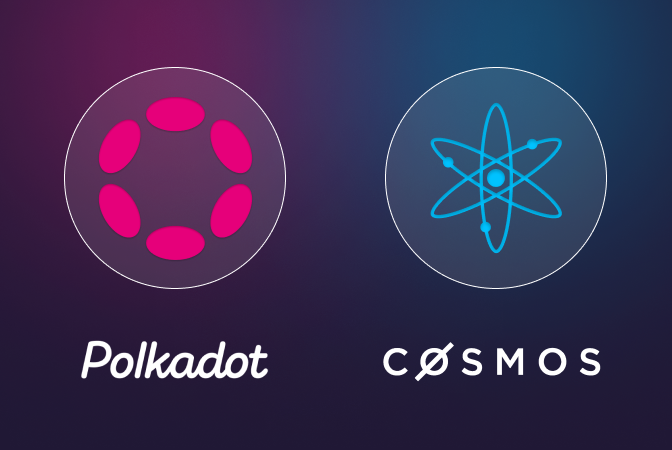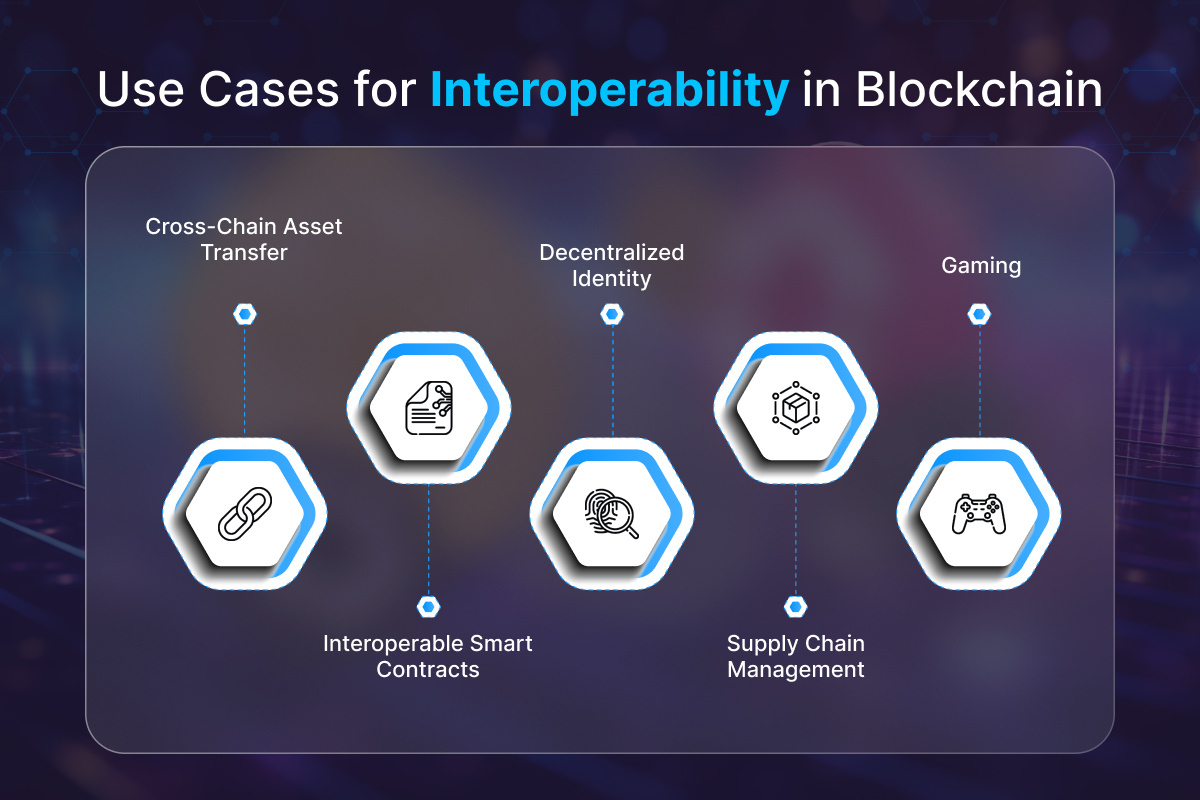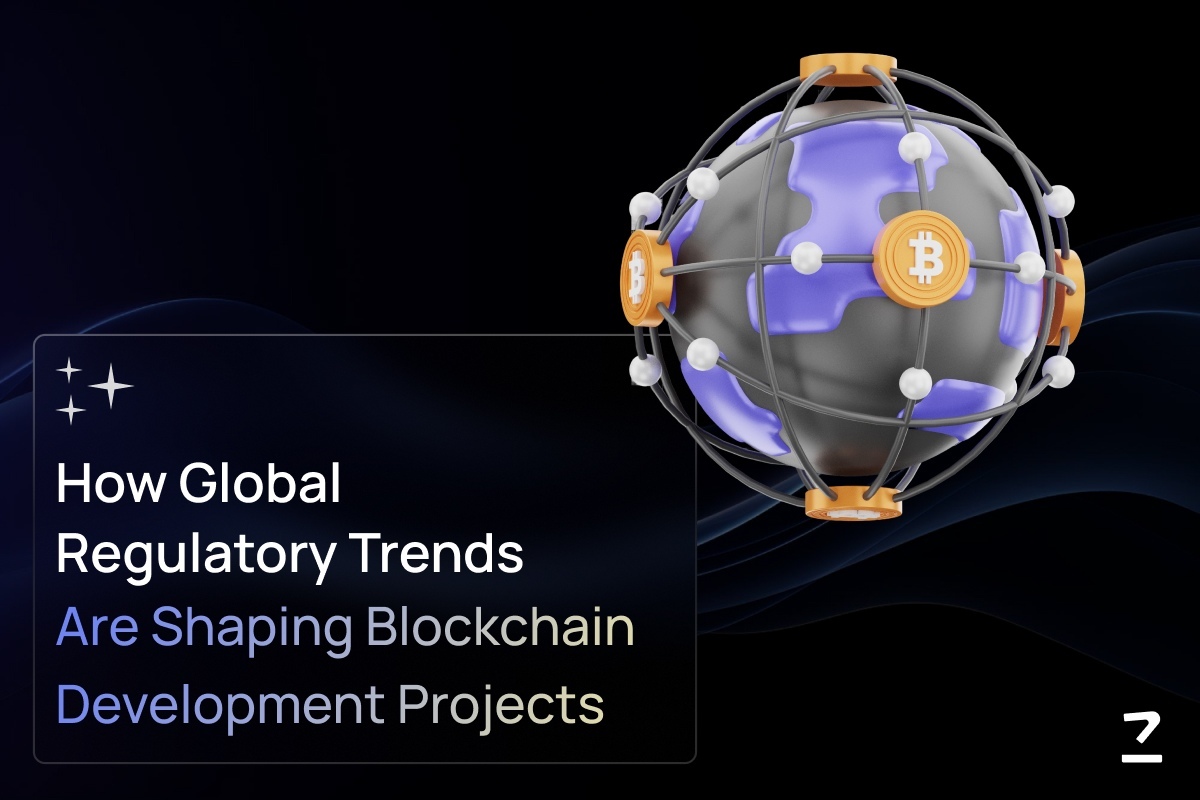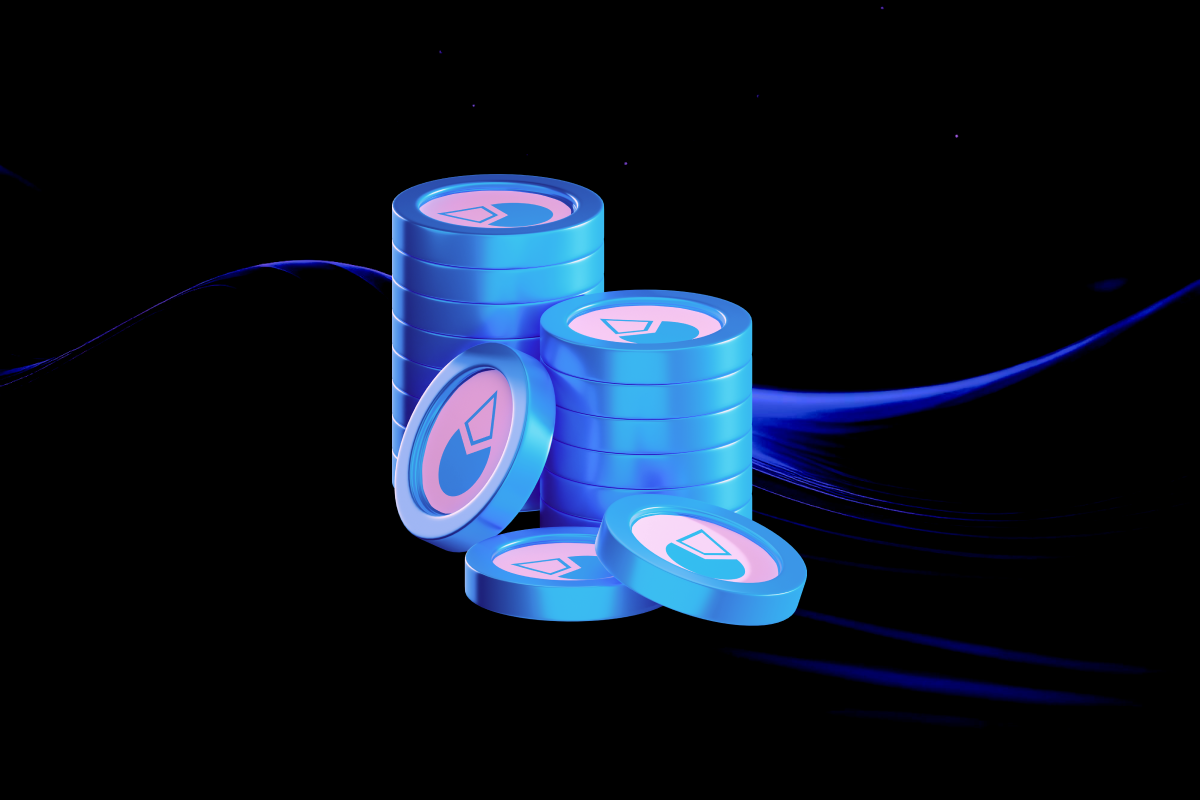SHARE THIS ARTICLE
Unlocking the Potential of Interoperable dApps with Cosmos IBC and Polkadot

The past few years have witnessed a considerable rise in custom dApp development services. These blockchain-based decentralized applications offer exciting possibilities for a more transparent and user-controlled internet. However, a major challenge currently restricting their full potential is isolated blockchains.
Each blockchain has its own set of rules and functionalities. While dApps built on individual blockchains can be innovative, their reach and functionality are limited by these silos. This leads to the development of dApps that are not fully efficient. For instance, consider a DeFi application where you can't seamlessly transfer your assets between lending and borrowing protocols. Or a gaming dApp where in-game items are trapped within a single blockchain.
The Challenge of Fragmented Blockchains:
-
Limited Functionality and Data Silos: Blockchains operate in isolation, hindering dApps from accessing features on others, restricting functionality for complex applications.
-
Fragmented User Experience: Users face a disjointed flow when interacting with dApps across separate blockchains, impacting user experience.
-
Network Effects Bottleneck: Isolated chains limit the user base for each dApp, restricting growth and the network effects crucial for success.
-
Resource Inefficiency: Independent blockchains can lead to underutilized resources across the entire blockchain ecosystem.
The most plausible solution to this is interoperability. Interoperability refers to the ability of different blockchains to communicate and exchange data securely. It allows dApps to leverage functionalities across various blockchains. With interoperability, the DeFi application can connect to different lending pools, and the gaming dApp can allow users to trade their items across different games.

It’s an encouraging development that innovative solutions are coming up to bridge isolated blockchains. Two prominent players in this space are Cosmos IBC and Polkadot.
Cosmos IBC - The Inter-Blockchain Communication Protocol
Cosmos is essentially a network of interconnected blockchains, known as Zones. It relies on Inter-Blockchain Communication (IBC) protocol to facilitate secure and efficient data and token exchange.
IBC, here, acts as a bridge connecting isolated blockchains. It allows zones to send and receive information in a standardized way, facilitating the following functions.
-
Frictionless Asset Transfers: IBC facilitates the secure transfer of tokens between Cosmos blockchains. This allows dApps to access liquidity from various zones, opening up new financial possibilities.
-
Modular dApp Design: With IBC, developers can build dApps with modular components residing on different Zones. This promotes code reusability and composability, allowing for the creation of more complex and feature-rich applications.
IBC achieves this communication through a network of channels, packets, and relayers. Channels act as dedicated communication lines between zones. Packets are the units of information containing data or tokens traveling through these channels. Relayer nodes ensure the secure and timely delivery of packets across the network.

Building dApps on Cosmos with IBC offers several advantages for developers.
-
Access to a Rich Ecosystem: Developers can utilize the functionalities and liquidity of various interconnected blockchains within the Cosmos network.
-
Faster Development Cycles: IBC simplifies communication between zones, allowing developers to focus on core dApp functionalities.
-
Scalability and Flexibility: IBC allows developers to build modular dApps that can easily scale and adapt to future needs.
Real-world examples demonstrate the influence of IBC. Decentralized Exchanges (DEXs) like Osmosis and Gravity DEX leverage IBC to provide users with access to a wider range of digital assets. These are just a few examples, and the Cosmos ecosystem continues to grow with innovative dApps utilizing IBC's interoperability features.
Polkadot - A Scalable and Interoperable Blockchain Ecosystem
While Cosmos focuses on interconnected application-specific blockchains, Polkadot tackles interoperability through a sharded architecture. Polkadot acts as a scalable ecosystem where independent blockchains, called parachains, can connect and communicate securely.
Here's how Polkadot achieves interoperability.
-
Relay Chain: This central chain acts as the backbone of the network. It manages security, consensus, and inter-parachain communication. It acts as the traffic control center for all the parachains.
-
Parachains: These are application-specific blockchains with independent functionalities. They connect to the Relay Chain to inherit its security and interoperate with other parachains.
-
Bridges: Polkadot bridges extend interoperability beyond its own ecosystem. These bridges allow parachains to connect and interact with external blockchains like Ethereum or Bitcoin. This opens doors for truly global dApps.

Building dApps on Polkadot offers enticing advantages for developers.
-
Shared Security: Parachains utilize the robust security of the Relay Chain, eliminating the need for each parachain to build its own security infrastructure.
-
Scalability: Polkadot's sharded architecture allows for parallel processing of transactions, considerably increasing the network's scalability compared to single-chain blockchains.
-
Access to a Diverse Ecosystem: Developers can leverage the functionalities and user base of various parachains within the Polkadot network, promoting innovation and collaboration.
There are several prominent real-world use cases of Polkadot. Acala, a DeFi Hub built on Polkadot, allows users to access a suite of DeFi applications with shared liquidity and security. Moonbeam, another prominent parachain, provides a smart contract platform compatible with Ethereum tooling, allowing developers to easily migrate their existing dApps to Polkadot.
These are just a few examples and the Polkadot ecosystem continues to evolve with innovative projects exploring the potential of interoperable dApps.
Cosmos IBC vs. Polkadot - A Comparative Analysis
Both Cosmos IBC and Polkadot consulting services offer effective solutions for building interoperable dApps but they take distinct approaches. Let's break down some key differences to help you decide which might be a better fit for your project.
Architectural Approach
-
Cosmos: Cosmos utilizes a modular approach with independent blockchains (zones) communicating via IBC. This allows for high customization and flexibility for each zone.
-
Polkadot: Polkadot employs a sharded architecture with parachains sharing security and resources from the central Relay Chain. This offers inherent scalability and a more unified ecosystem.
Consensus Mechanisms
-
Cosmos: Primarily uses Tendermint, a Byzantine Fault Tolerance (BFT) consensus mechanism known for its fast block finality. However, zones can choose alternative consensus mechanisms.
-
Polkadot: Provides flexibility in consensus mechanisms. The Relay Chain uses a variant of BFT, while individual parachains can choose their own consensus approach.
Developer Experience and Tooling
-
Cosmos: Cosmos SDK, built with Go, provides a robust framework for developing custom blockchains. The learning curve can be steeper for developers unfamiliar with Go.
-
Polkadot: Offers Substrate, a framework that allows developers to build parachains using various programming languages. This can be more beginner-friendly for developers with experience in other languages.
Current State of Adoption and Ecosystem Maturity
-
Cosmos: The Cosmos ecosystem has a head start with a wider range of established blockchains leveraging IBC.
-
Polkadot: While still evolving, the Polkadot ecosystem is rapidly growing with promising parachain projects attracting significant interest.
Making the Right Choice
Both Cosmos IBC and Polkadot offer powerful tools for building interoperable dApps. The ideal choice depends on your project's specific needs.
-
For projects requiring high customization and control over blockchain functionalities, Cosmos with IBC might be a better fit.
-
If scalability and access to a unified, secure ecosystem are priorities, partnering with a Polkadot development company could be the preferred option.
Ultimately, both Cosmos IBC and Polkadot represent significant advancements in blockchain interoperability. With the consistent evolution of these ecosystems, developers will have a powerful toolkit to build the next generation of interconnected dApps.
The Future of Interoperable dApps
How interoperable dApps evolve plays a crucial role in dictating the future of blockchain technology. By bridging isolated blockchains, we make way for a more hassle-free and user-friendly experience. Here’s a glimpse into the exciting possibilities.
-
Improved User Experience: With efficient data and asset transfer, users can interact with dApps across different chains without friction. This simplifies complex workflows and offers a wider range of functionalities within a single application.
-
Explosive Innovation: Interoperability promotes collaboration between developers working on various blockchains. This cross-pollination of ideas can lead to the creation of innovative dApps with functionalities previously unimaginable.
-
A More Unified Blockchain Ecosystem: The ability for blockchains to communicate and work together facilitates a more interconnected ecosystem. This can lead to increased efficiency, shared resources, and a more promising blockchain ecosystem.
How blockchain technology fares in the future is largely dependent on the concept of interoperability. Alongside, Cosmos IBC and Polkadot, many other innovative solutions are coming up. As a result, we can expect a wave of interoperable dApps, revolutionizing various industries.
If you are looking to build the next generation of dApps, at Codezeros, we are your best bet. As a leading provider of blockchain development tools and expertise, we can help you build interoperable dApps and turn your innovative ideas into reality.
Contact us today to schedule a consultation with our blockchain specialists!
Post Author

As a distinguished blockchain expert at Codezeros, Paritosh contributes to the company's growth by leveraging his expertise in the field. His forward-thinking mindset and deep industry knowledge position Codezeros at the forefront of blockchain advancements.
Develop interoperable dApps with Codezeros
If you're looking to build powerful dApps that exchange data and assets across different chains, partner with Codezeros and develop innovative solutions with our expertise in Cosmos IBC and Polkadot.



